5 Must-Visit Castles in South Devon
With its relaxed pace of life, gentle scenery and friendly people, it’s hard to imagine that South Devon’s residents...
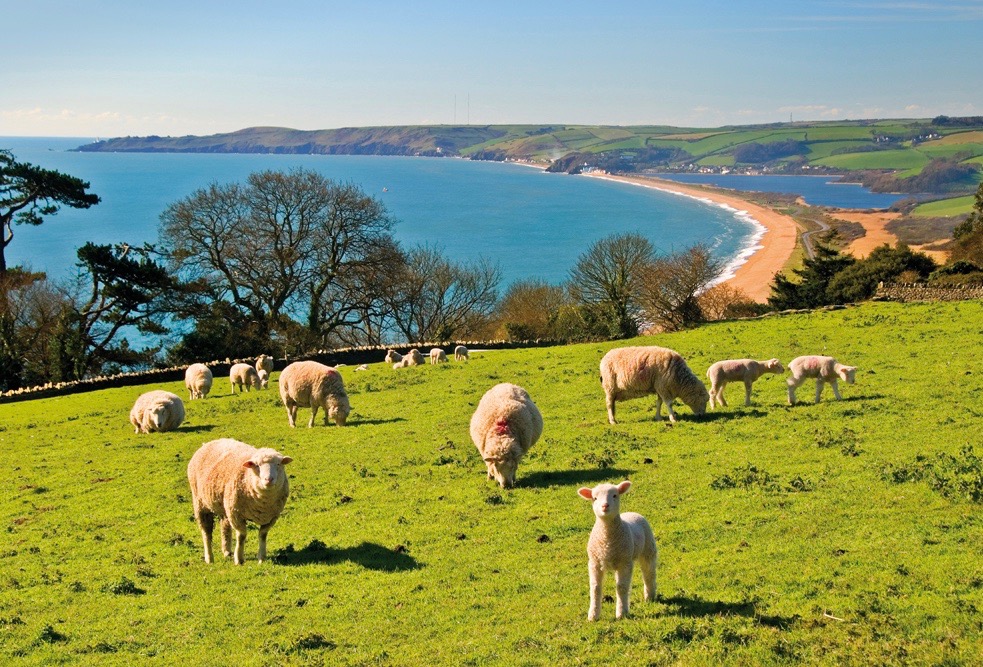
With miles of spectacular coastline, acres of rambling countryside and moorland, ancient woodlands, thriving riverways and a myriad of footpaths, South Devon is a haven for wildlife. The lambing season is upon us, the birdsong is rife, and the countryside is a spectrum of colour – now is the perfect opportunity to discover the South Devon wildlife in this Area of Outstanding Natural Beauty. There is a huge variety of South Devon wildlife, and at this time of year in particular, you can experience it in abundance, regardless of whether you want to explore rockpools, investigate heathland or stroll amongst a carpet of bluebells.
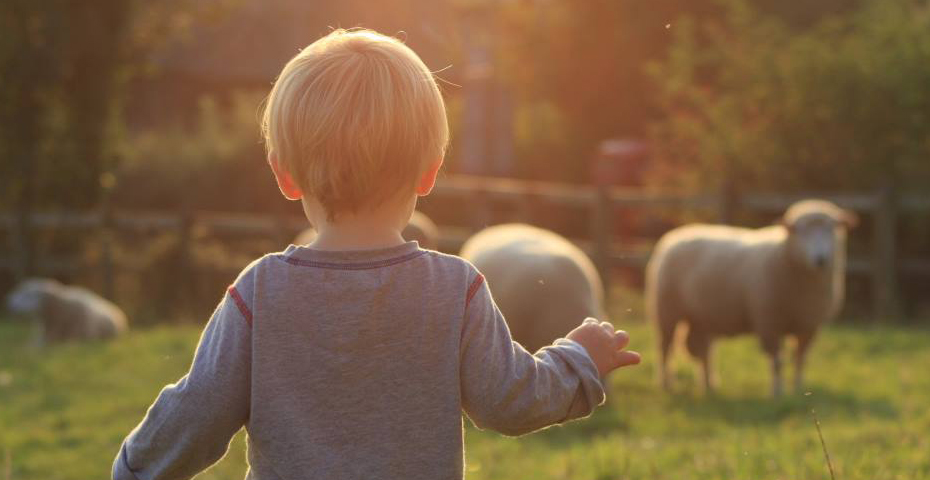
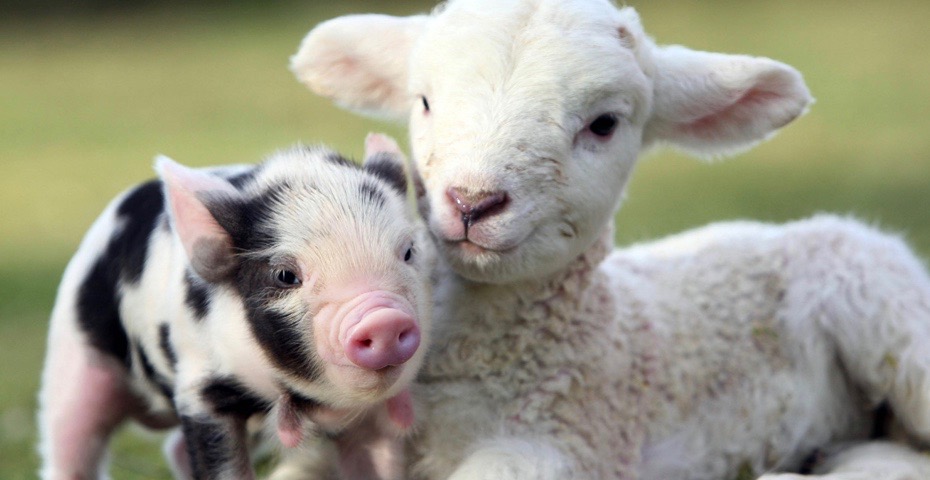
In South Devon our coast supports many different environments – for example, the long sandy shores of Bantham Beach, sheltered craggy coves such as Gara Rock Beach, muddy estuaries and the shingle bays within Start Bay, each home to its own unique wildlife. As such, it welcomes a huge diversity of marine life, and provides the ultimate springboard for wildlife exploration…
The beach is the perfect place for hands on exploring, so turn your next trip to the beach into a seashore safari. Rockpooling is a classic British activity and is adored by people of all ages (Granny and Grandad too!) – it’s a great way to spend a little time up close with life beneath the waves. Expect to find shrimps bobbing, crabs scuttling to hide under rock formations and swathes of seaweed providing shelter for snails, anemones and small fish. If you’re lucky, you might find small starfish against the rock faces. Bigbury-on-Sea, South Milton Sands and also South Sands in Salcombe are some of South Devon’s most favoured spots for rockpooling. If you are a total rockpooling newbie, and would like a little guidance, The National Trust host regular rockpool rambles at South Milton Sands.
Start your exploration at the high tide mark – otherwise known as the ‘strandline’, and amongst clumps of seaweed you’ll find a bounty of treasure! Common discoveries include mussel shells, stranded jellyfish and also cuttlefish bones, but empty shells aside, keep your eyes peeled for a mermaid’s purse. These tough, leathery looking pouches protect the developing embryo of a shark or skate, and sometimes, because of their translucency, you can see an embryo wiggling inside! Always follow the seashore code, and if you think the embryo is still alive then put it straight back in the sea. Blackpool Sands is a great beach for shoreline hunting, as is Wembury Beach, where you can join a guided sea safari at the Devon Wildlife Trust Wembury Marine Centre.
Some of South Devon’s most weird and wonderful wildlife lives beneath the waves, and it comes as no surprise that Devon’s coastal waters are some of the most diverse in the country. Our waters are regularly frequented by minke whales, fin whales, bottlenose dolphins and Atlantic grey seals, and Hope Cove, Torcross and Mattiscombe Beach are lucky enough to welcome seals that frequent their shores on a daily basis. For those who would rather spend their time searching beneath the waves, our crystal clear waters provide excellent snorkelling conditions, particularly around Burgh Island, and over the iconic rock formations at South Milton Sands.
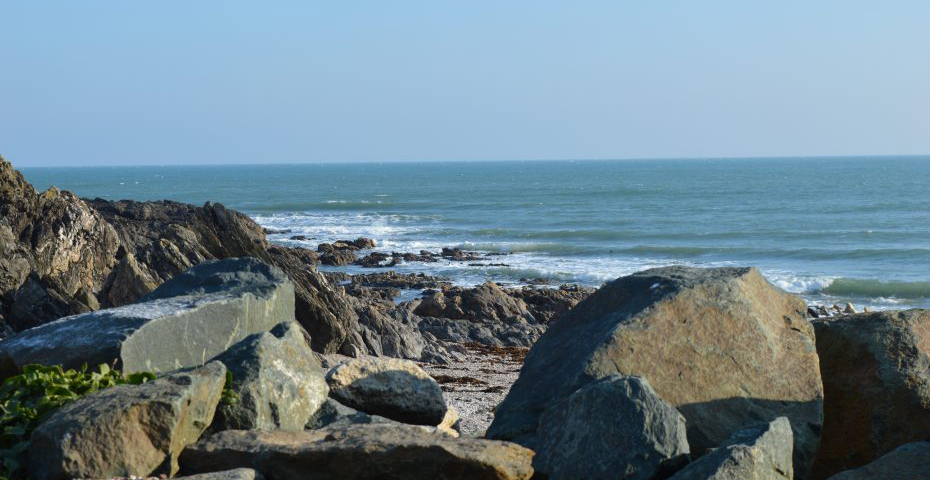
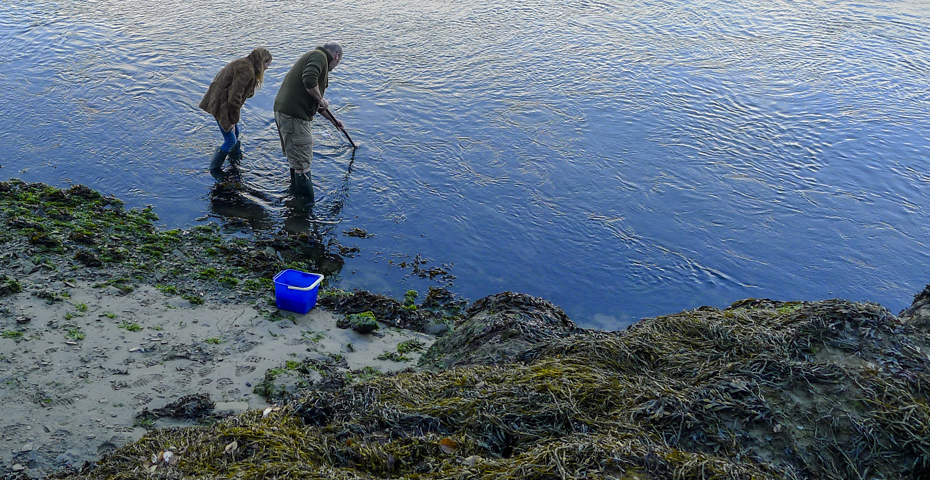
Sometimes overlooked by those on a quest to discover wildlife, the heathlands of South Devon provide some of the wildest wildlife around! Found both beside the coast, and also backing onto woodland, they provide the ultimate environment for reptiles such as adders, the common lizard and slow worms. If you do want to spot these majestic creatures then tread quietly, for they are quick to retreat if they hear heavy footsteps, and our top tip – they love basking in the sun, so search for them during sunny times. Heaths support a host of wildlife, and you will often find bees buzzing as well as many species of butterfly.
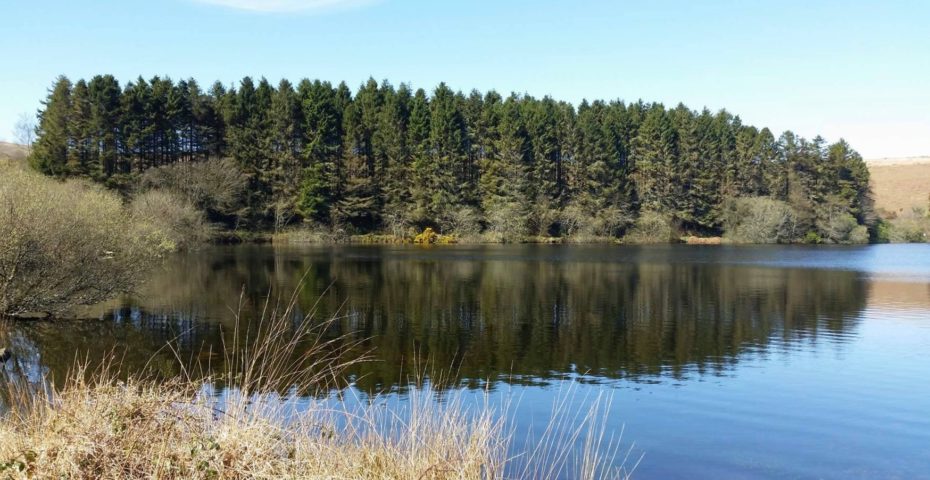
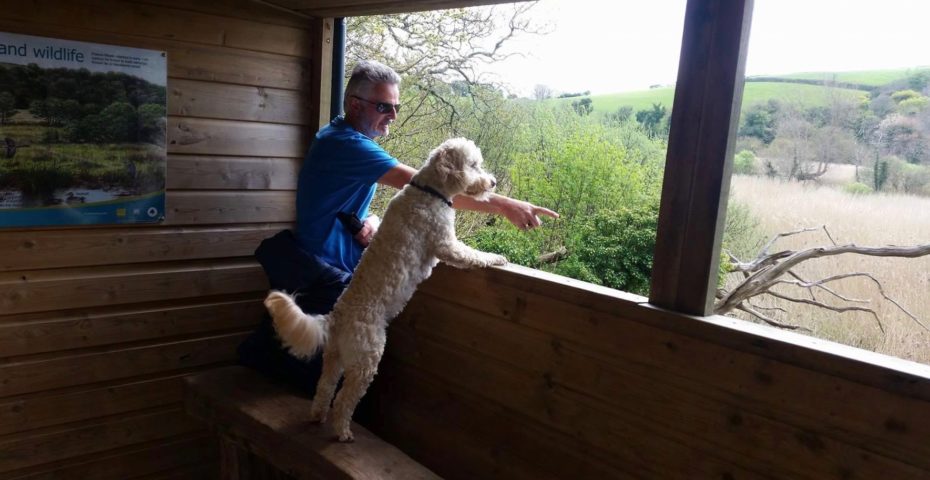
The Slapton Ley Nature Reserve is regarded as one of the most beautiful in the country. The lake is the largest in the South West, and offers a rich habitat for wildlife in South Devon as it is composed of marshes, reed beds and woodland. In springtime you can take a stroll through the vibrant colours of the blooming celandines, primroses, violets and bluebells while keeping an eye out for spring visitors to the Ley such as Sand Martins, Sandwich Terns, Reed and Sedge Warblers with Swifts arriving in May and Marsh Harriers staking out their prey during this time in the reed bed.
Woodlands are home to a vast variety of wildlife, including badgers, deer, woodpeckers, nuthatches and even brown long-eared and pipistrelle bats. Springtime in the woods is simply magical, and the signs of new life are at every turn – birds are nesting, buds on the trees are rife, and daffodils, primroses and bluebell carpet the ground. In South Devon we are lucky enough to have various thriving woodlands peppered throughout the region, including those in the area of Loddiswell, West Alvington and Ermington. Read our article on ‘5 beautiful forests in South Devon’ for more detail on visiting.
The bluebells in South Devon are beautiful, and in spring you will find several areas of woodland simply covered in swathes of bluebells and wild garlic. One of our favourite spots to visit is Ermington Wood, owned by the Woodland Trust, which boasts a panoramic carpet of bluebells! West Alvington Woods is also a great location, and a firm favourite amongst locals and visitors alike.
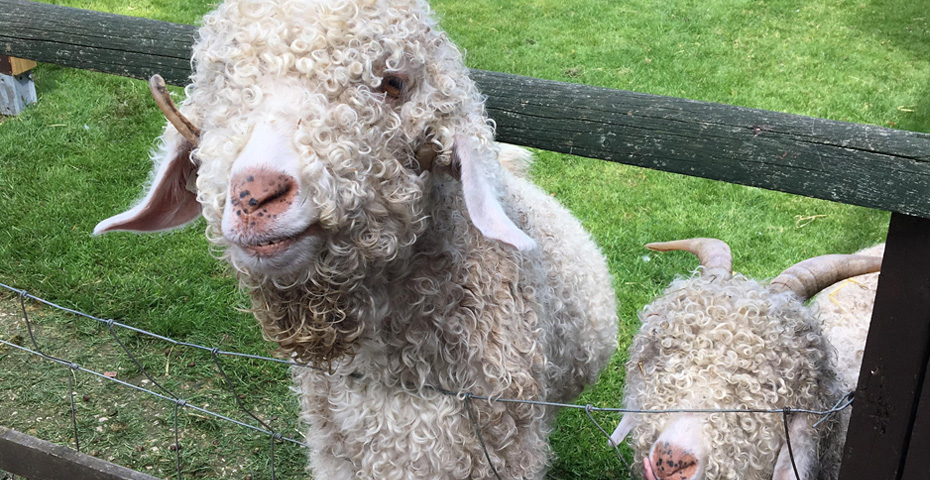
The river’s of South Devon meander their way through the region, and act as thriving corridors of wildlife.
The riverside villages of Tuckenhay, Noss Mayo, Dittisham and Staverton all enjoy gentle walking routes from which you can spot a bounty of spring wildlife. Keep your eyes peeled for otters, although these are elusive creatures. Easier to spot animals include those such as the kingfisher (seen in a blue flash!), dippers and grey wagtails.
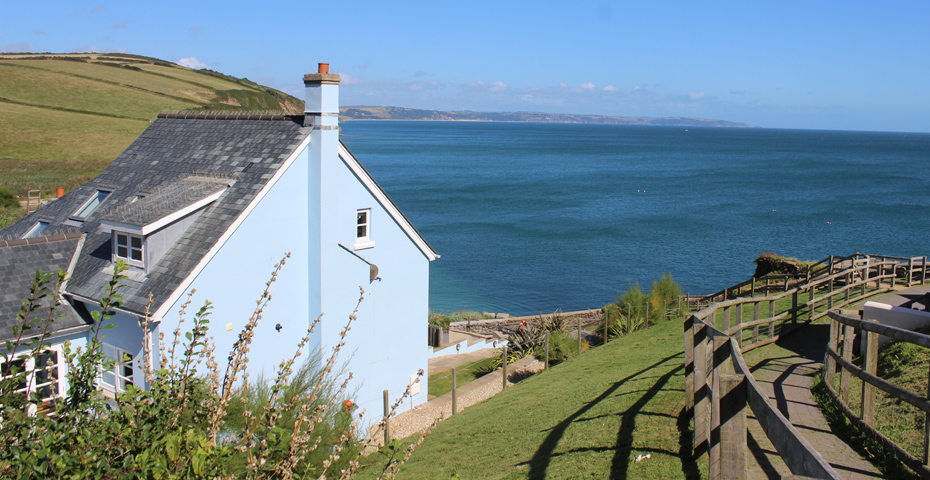
South Devon is a patchwork of beautiful countryside and rich habitats, making it the ultimate wildlife hotspot. You’ll see a huge variety of spring wildlife in the local area, and what better way to celebrate this fantastic time of year than to book a break to South Devon. At Coast & Country Cottage we have a wealth of holiday cottages that are perfectly situated to explore the South Devon wildlife – from farm holidays and country escapes to sea & river view properties and holiday cottages near the beach. We cater for family holidays, couples breaks and also dog-friendly holidays, so you are certain to find a property to suit.
Book your break to South Devon today